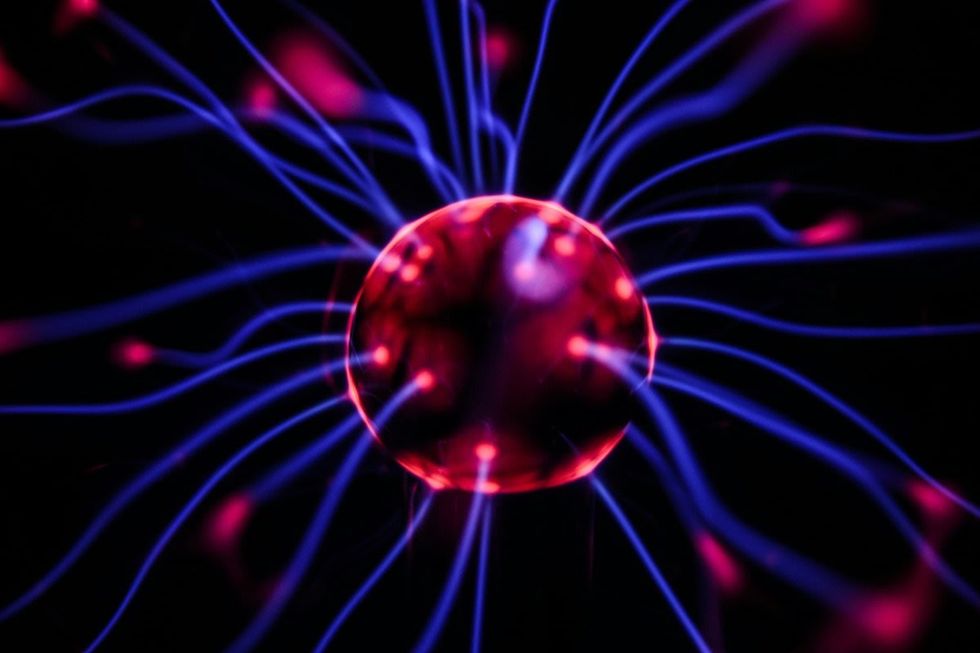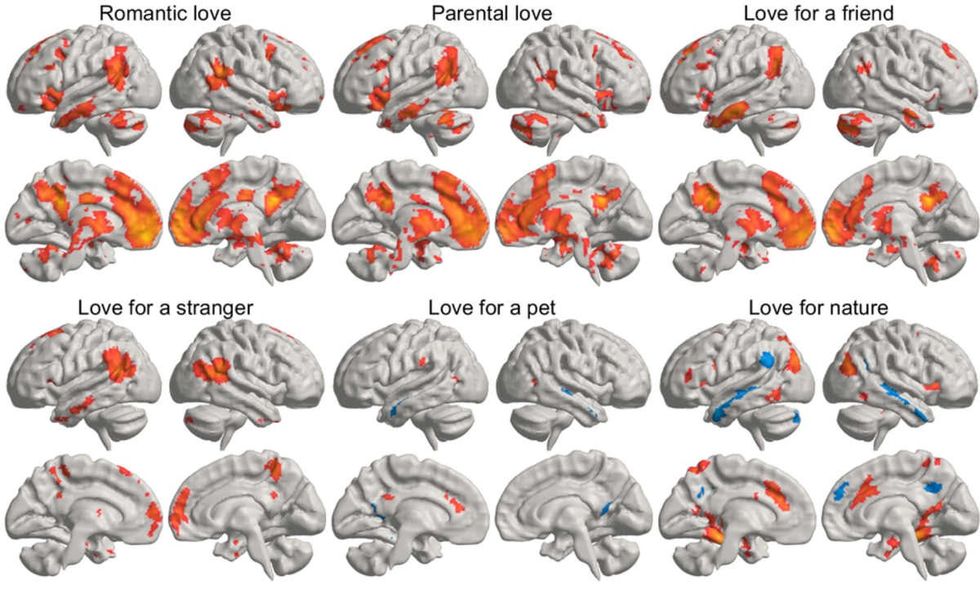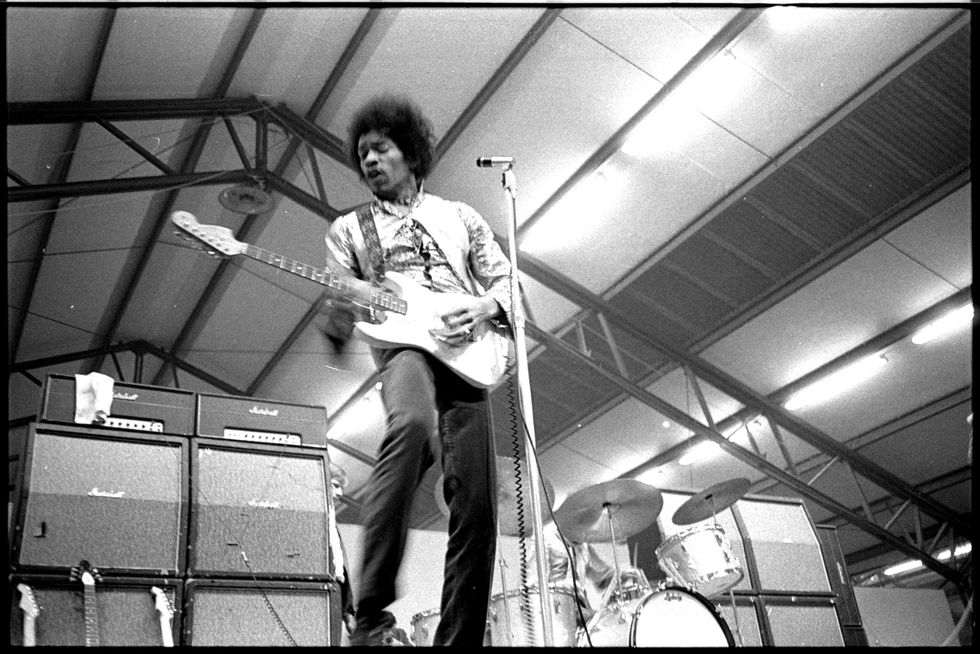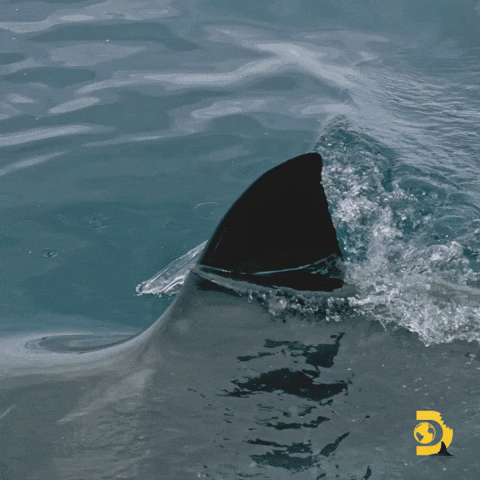Love – the universe’s sweetest four-letter word is typically the subject of lyrical sonnets, love letters, and sweet nothings. Till now, it was believed that love is a feeling, or vibration, that can be felt by the heart. But with this new study, scientists have made it possible to understand “love” with the brain. Published in the Cerebral Cortex journal through Oxford University Press, the study reveals six different types of love and how they light up different portions of the brain when felt. The study revealed that the parental form of love generates the most intense brain activity, followed by romantic love.

Researchers from Aalto University in Finland conducted this study to explore how love extends beyond just romance, sexual adoration, and maternity. Their goal was to investigate why the same word activated different parts of the brain varying with the type of human experience. They tested six different types of love for six different types of love objects: romantic partners, one’s children, friends, strangers (varieties of interpersonal love), nonhuman pets (interspecies love), and nature (non-social love).
Involving 55 parents as participants in the study, the team used functional magnetic resonance imaging (fMRI) brain scans to examine the electrical activity of their brains as different forms of love stories and narratives were fed into them via sound induction technology. These feelings of love were induced using short, spoken, pre-recorded stories, as the researchers note in the paper.

“Narratives are a powerful means of emotion induction. Each narrative depicted an everyday situation eliciting the feeling of love for one type of object. We also included neutral control stories about mundane situations where nothing special happens,” the researchers wrote. Once they induced these love stories into the participants’ brains and analyzed their brain activity, they simultaneously questioned them about what they felt.
In total, 42 narratives were used for the experiment, which included 36 love narratives and six control narratives. Each love narrative ended with the prompt “You feel love for [x] / You love [x].” For example, one of the “romantic love” narratives was like this: “You are in the laundry room with your partner. They are loading the washer with laundry, and suddenly you remember what a lovely person your partner is. You feel love for them.” Another example is the narrative for the “parental love” category, which sounded: “Your child runs to you, joyful, on a sunny meadow. You smile together and the sunrays flicker on their face. You feel love for your child.”

One story was to test the brain’s response to altruistic and friendliness forms of love in individuals. Its prompt read: “You need help moving house and you call your friend. They promise to of course come to help out, and soon you are lifting cardboard boxes together in a van. In the middle of the ordinary situation, you feel love for your friend.” A story involving compassionate love for strangers was: “You see an old woman on the street carrying heavy grocery bags. You help her by carrying one of the bags to her home door one block away. The old woman is grateful, and you feel love for her.”
The story for love of pets read: “You are in a park playing with your dog. You toss a stick for the dog and it retrieves it enthusiastically wagging its tail. You love your dog.” Whereas, the story for the love of nature went like this: “You are in the archipelago at the seaside. The blue waves ripple over the coastal stones, a crooked pine rises next to you, and there are white fluffy clouds here and there in the sky. You love nature.” Another prompt was how they felt when seeing their newborn for the first time. “You see your newborn child for the first time. The baby is soft, healthy, and hearty — your life’s greatest wonder. You feel love for the little one.”

“We now provide a more comprehensive picture of the brain activity associated with different types of love than previous research,” said Pärttyli Rinne, the philosopher and researcher who coordinated the study. Notably, parental love was the most intense form of love, as depicted through the parents’ brain activity. “In parental love, there was activation deep in the brain's reward system in the striatum area while imagining love, and this was not seen for any other kind of love,” said Rinne.

According to the study, romantic and parental love were the two highest-rated categories in all seven dimensions. On the other hand, love for strangers came in the least rated categories. Furthermore, the researchers concluded that love of nature activated the reward system and visual areas of the brain, but left the social brain areas unlighted. Researchers also created a brain map with the corresponding areas that lighted up during different types of love stories or narrations. “The most widespread love-related activation was observed for closest relationships in the insula, striatum, thalamus, and brainstem. Activations were also found in the cerebellum, midline regions, and medial frontal cortices,” they wrote in the paper.
According to the press release, the team believes that understanding the concept of “love” will help them delve deeper into explaining the neural mechanisms and philosophies behind subjects like the nature of love, consciousness, and human connection. They also hope that the study will open doorways to enhance the psychology-based and medical treatments for conditions like attachment disorders, depression, or relationship issues.


















 A pair of scissors.
A pair of scissors. A can opener opening a tin can.
A can opener opening a tin can. Jimi Hendrix playing on stage.Public Domain
Jimi Hendrix playing on stage.Public Domain A man handing over $20 in cash.
A man handing over $20 in cash. A person using a power saw.
A person using a power saw.
 Rock deterioration has damaged some of the inscriptions, but they remain visible. Renan Rodrigues Chandu and Pedro Arcanjo José Feitosa, and the Casa Grande boys
Rock deterioration has damaged some of the inscriptions, but they remain visible. Renan Rodrigues Chandu and Pedro Arcanjo José Feitosa, and the Casa Grande boys The Serrote do Letreiro site continues to provide rich insights into ancient life.
The Serrote do Letreiro site continues to provide rich insights into ancient life.




 Music isn't just good for social bonding.Photo credit: Canva
Music isn't just good for social bonding.Photo credit: Canva Our genes may influence our love of music more than we realize.Photo credit: Canva
Our genes may influence our love of music more than we realize.Photo credit: Canva
 Great White Sharks GIF by Shark Week
Great White Sharks GIF by Shark Week